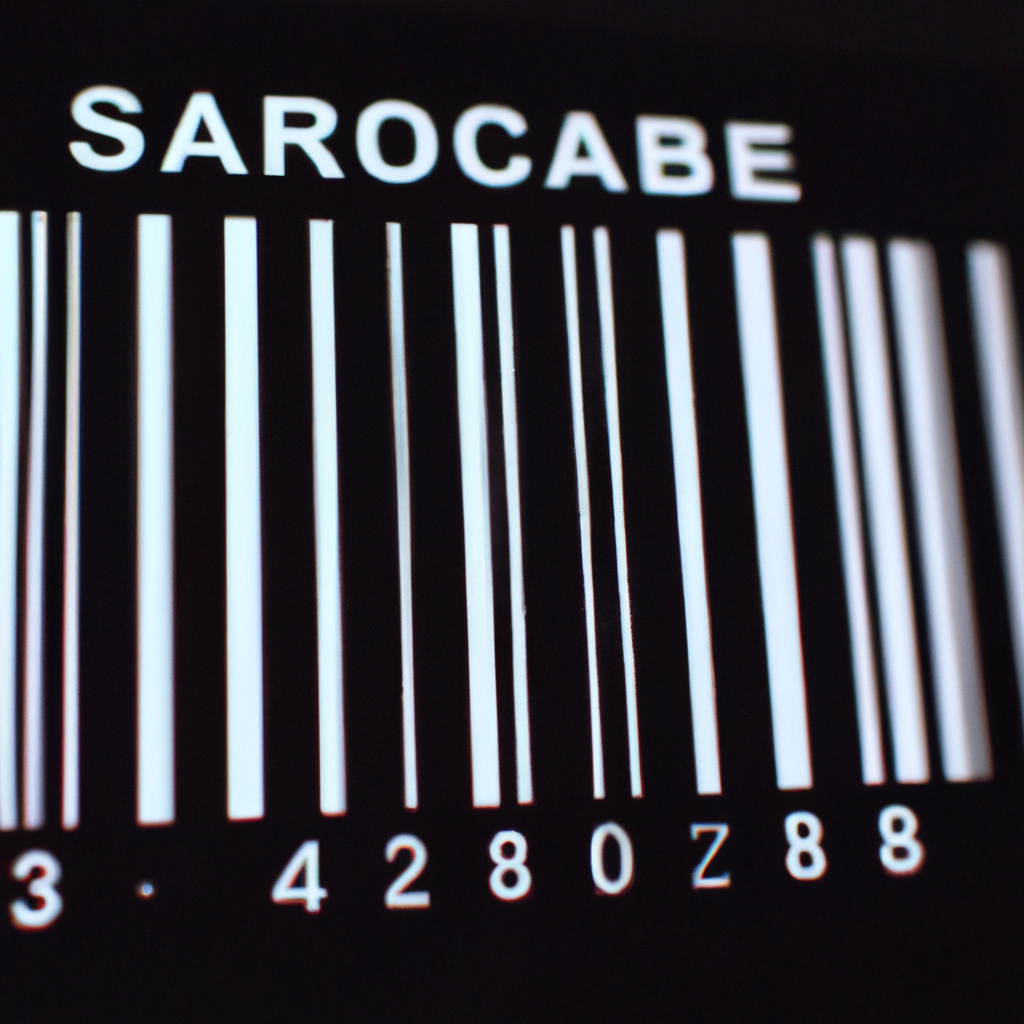If you’ve ever been to a supermarket, you’ve probably seen a barcode scanner in action. These devices are ubiquitous in modern retail, but how do they work? In this article, we’ll explore the technology behind barcode scanners and how they decode the information embedded in those little black and white lines.
What is a Barcode Scanner?

A barcode scanner is a device that reads information from a barcode. Barcodes are a type of machine-readable code that consists of a series of bars and spaces of varying widths. Each barcode represents a unique product or item and contains information such as its name, price, and other identifying details.
How Do Barcode Scanners Work?
Barcode scanners work by using a combination of scanning technology and software to decode the information contained in a barcode. Here’s a step-by-step breakdown of how it works:
- The barcode scanner emits a beam of light, usually a laser, that shines onto the barcode.
- The light bounces off the barcode and is reflected back to the scanner.
- The scanner’s sensor detects the reflected light and converts it into an electrical signal.
- The signal is then sent to the scanner’s decoder, which translates the information into readable text.
- The decoded information is then sent to a computer or other device, where it can be used to identify the product or item.
Types of Barcode Scanners
There are several different types of barcode scanners, each with its own set of advantages and disadvantages. Here are some of the most common types:
Handheld Scanners
Handheld barcode scanners are the most common type of scanner and are often used in retail settings. They’re easy to use and can be moved around to scan items quickly and efficiently.
Pen Scanners
Pen scanners are smaller and more portable than handheld scanners, making them ideal for on-the-go scanning. They use a small sensor at the tip of the pen to scan barcodes, and the information is then transmitted to a device via Bluetooth or USB.
Fixed-Mount Scanners
Fixed-mount scanners are stationary and are typically used in industrial or manufacturing settings. They’re designed to scan barcodes as they move past the scanner, usually on a conveyor belt or assembly line.
Barcode Scanning Software
In addition to the hardware components, barcode scanners also rely on software to decode and interpret the information contained in a barcode. Barcode scanning software is designed to work with the specific type of barcode being scanned, and it’s responsible for converting the information into a readable format.
Barcode Decoding
Decoding a barcode involves several steps, including identifying the type of barcode, reading the bars and spaces, and translating the information into readable text. Here’s a quick overview of how it works:
- The scanner identifies the type of barcode being scanned, such as a UPC or QR code.
- The scanner reads the bars and spaces in the barcode and converts them into a binary code.
- The binary code is then translated into readable text using a lookup table or algorithm.
Conclusion
Barcode technology has revolutionized the way we track and identify products, and barcode scanners are a critical component of this technology. By using a combination of scanning technology and software, barcode scanners are able to quickly and efficiently decode the information contained in a barcode, making them an essential tool in modern retail and manufacturing settings.






